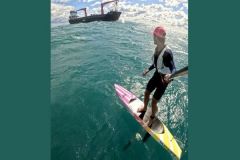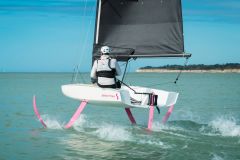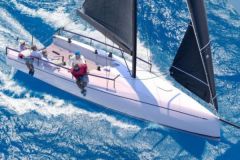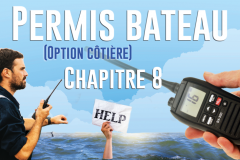What are the main components of a helmet?
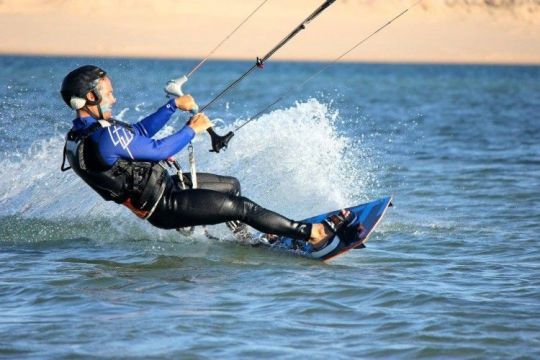
A helmet for nautical use is composed of :
- a hard outer shell made of polycarbonate or ABS plastic
- a much softer inner shell to absorb shocks, deforming if compressed. If you notice a deformation of this inner shell after a big impact, it will be preferable to change your helmet, because it will no longer give you the necessary protection.
- an adjustable strap to hold it on your skull

Why wear a helmet?

The danger comes from both the increasing speeds generated by the arrival of the foil and the increase in the number of surfers. But the risk also comes from your own equipment, in the case of a shock with it, or a contact with the bottom.
How to choose your helmet?
Most helmets on the market are versatile and suitable for a wide range of activities. You can then refine your choice according to your program and the accessories you wish to have:
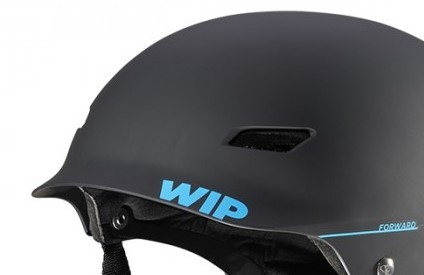
The fixed visor it provides protection against the sun's rays and water spills on the face. It is recommended for most activities.
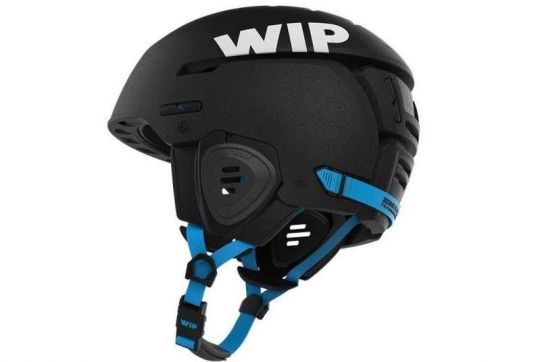
The earphones they are very useful to protect the eardrums during a fall at high speed. They also protect from the wind during winter outings. They are sometimes removable, to adapt your helmet to your activity. They are especially useful for kite, kitefoil and windfoil.
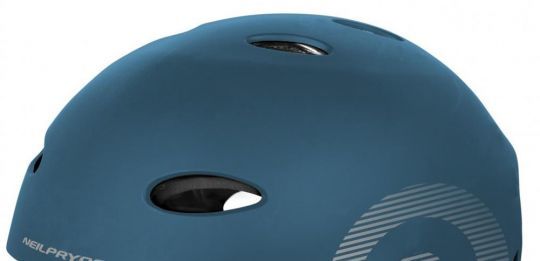
The vents they are best for summer use. With the hot weather, you will be happy to wear a helmet in which you will not sweat too much. In addition, wearing a helmet will protect you from skin cancer on the skull.
On the other hand, for a winter activity, a well insulated helmet will protect you from the cold, as the loss through the head can reach 30%.
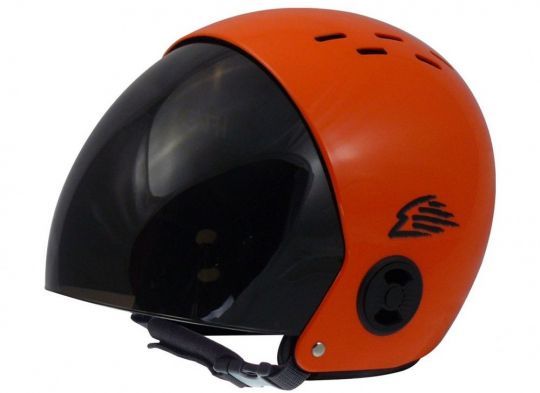
A folding visor this accessory is inspired by two-wheeler helmets and allows you to adjust the eye protection according to the conditions or your desires. This accessory is reserved for high-speed craft, such as foiling catamarans, windfoils or kitefoils.
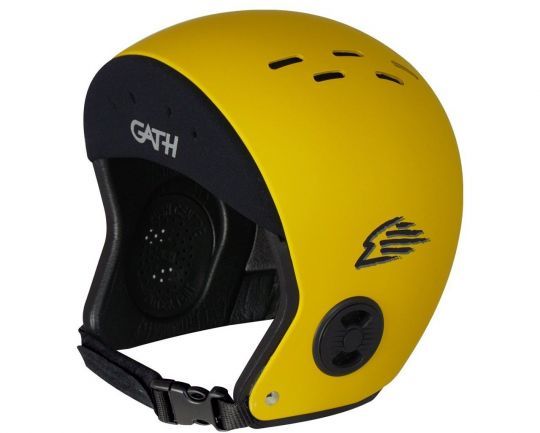
The neoprene headband it will prevent water from running down your face. It can also be made of EVA. Associated with a thin helmet, to facilitate the duck, it is very useful for the practice of surfing.
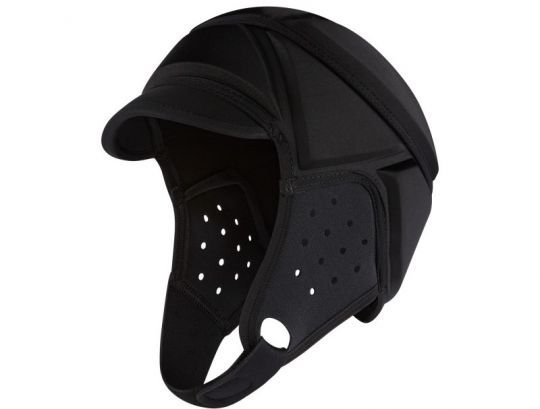
If you are allergic to rigid helmets, you can also opt for a thermoformed helmet with visor and neck guard. Lighter but less protective, it represents an interesting alternative for surfing or wingfoil.
Pitfalls to avoid
Avoid so-called "multipurpose" helmets, advertised as being designed for both land-based activities, such as mountain biking, and water sports. Your helmet must be CE and EN1385 certified.
Don't choose a "bowl" helmet either, as it won't provide any protection to your neck.
Your chinstrap must be perfectly adjusted, because the best helmet will be useless if it flies off at the first fall.
Finally, never attach your camera support to the side of the helmet, otherwise it will hit your face if you fall.
What is the budget for a helmet?
Not much compared to the benefit of preserving your skull! The selling price of a helmet starts at a few dozen euros. Considering the overall amount of money to spend on water sports, this is not muchâ?¦
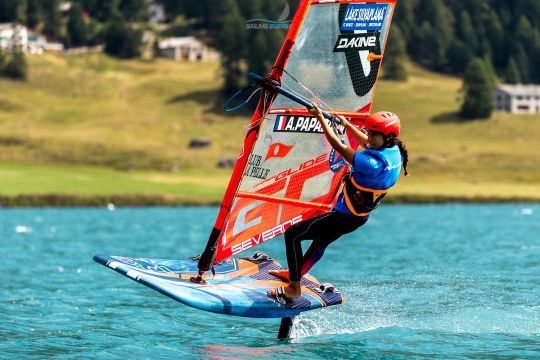

 /
/ 






